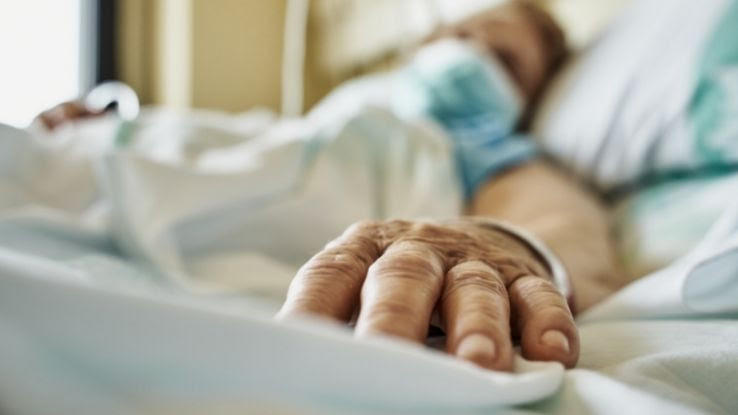Unknown Facts About Pacific Prime
Table of ContentsNot known Details About Pacific Prime 10 Simple Techniques For Pacific PrimeSome Ideas on Pacific Prime You Need To KnowPacific Prime Things To Know Before You Get ThisThe Best Guide To Pacific Prime

This is due to the fact that the data were collected for a duration of strong financial efficiency. Of the estimated 42 million individuals that were uninsured, almost about 420,000 (regarding 1 percent) were under 65 years old, the age at which most Americans become eligible for Medicare; 32 million were grownups in between ages 18 and 65, around 19 percent of all adults in this age; and 10 million were youngsters under 18 years of age, regarding 13.9 percent of all youngsters (Mills, 2000).
These price quotes of the number of individuals uninsured are produced from the annual March Supplement to the Present Populace Study (CPS), performed by the Census Bureau. Unless otherwise noted, national price quotes of individuals without medical insurance and percentages of the population with different sort of insurance coverage are based upon the CPS, one of the most extensively used resource of estimates of insurance policy protection and uninsurance prices.
The Best Guide To Pacific Prime

Still, the CPS is especially valuable due to the fact that it creates annual price quotes fairly promptly, reporting the previous year's insurance coverage estimates each September, and due to the fact that it is the basis for a constant collection of quotes for greater than two decades, enabling for analysis of patterns in protection over time. For these factors, in addition to the comprehensive use the CPS in various other research studies of insurance coverage that exist in this record, we count on CPS price quotes, with constraints kept in mind.

The quote of the number of uninsured individuals broadens when a populace's insurance condition is tracked for several years. Over a three-year period beginning early in 1993, 72 million people, 29 percent of the united state populace, were without coverage for at least one month. Within a solitary year (1994 ), 53 million people experienced a minimum of a month without coverage (Bennefield, 1998a)
6 out of every 10 without insurance adults are themselves used. Working does boost the probability that one and one's family participants will have insurance, it is not a guarantee. Also participants of households with 2 full time breadwinner have nearly a one-in-ten chance of being without insurance (9.1 percent uninsured price) (Hoffman and Pohl, 2000).
Not known Facts About Pacific Prime
New immigrants make up a considerable proportion of people without medical insurance. One analysis has actually attributed a considerable portion of the current growth in the size of the united state without insurance population to immigrants who arrived in the nation between 1994 and 1998 (Camarota and Edwards, 2000). Recent immigrants (those who pertained to the USA within the previous 4 years) do have a high price of being without insurance (46 percent), yet they and their children account for just 6 percent of those without insurance policy across the country (Holahan et al., 2001).
The relationship between medical insurance and access to care is well established, as documented later in this phase. The connection in between health insurance coverage and wellness end results is neither direct neither easy, a considerable medical and health solutions research study literary works links health insurance policy coverage to better access to care, better high quality, and boosted individual and populace wellness standing.
Degrees of evaluation for checking out the effects of uninsurance. It concentrates specifically on those without any type of health insurance coverage for any size of time.
All about Pacific Prime
The troubles faced by the underinsured are in some aspects comparable to those faced by the uninsured, although they are generally less serious. Health and published here wellness insurance, nonetheless, is neither necessary neither adequate to acquire accessibility to clinical services. The independent and straight impact of health insurance policy protection on access to health solutions is well established.
Others will obtain the wellness treatment they need also without medical insurance, by spending for it expense or seeking it from providers that offer treatment cost-free or at highly subsidized prices. For still others, medical insurance alone does not ensure receipt of treatment because of various other nonfinancial obstacles, such as a lack of health and wellness treatment suppliers in their community, restricted accessibility to transportation, illiteracy, or etymological and social distinctions.
Pacific Prime - The Facts
Official research regarding without insurance populations in the United States dates to the late 1920s and early 1930s when the Board on the Cost of Treatment generated a collection of reports concerning funding doctor workplace sees and hospitalizations. This problem became significant as the numbers of clinically indigent climbed during the Great Depression.